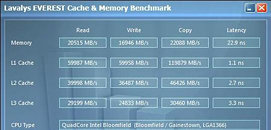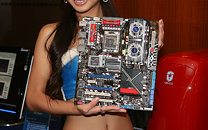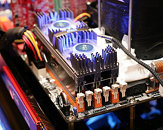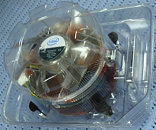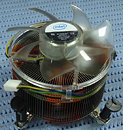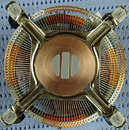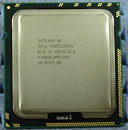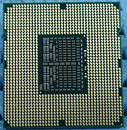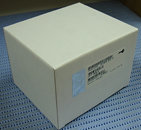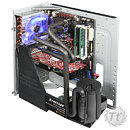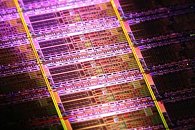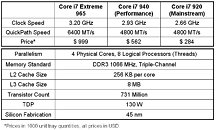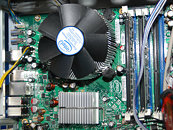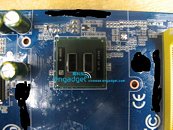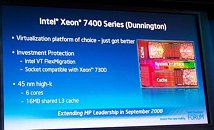Micron to Cut 15% of its Workforce During the Next Two Years
After reporting a $344 million fourth-quarter loss last week Micron today said it is going to reduce its global workforce by approximately 15 percent during the next two years. Most of the workforce cuts will occur in Boise.
As a result, IM Flash Technologies (IMFT), a joint venture between Micron and Intel, will discontinue the supply of NAND flash memory from Micron's Boise facility. The NAND operation shutdown will reduce IMFT's NAND flash production by approximately 35,000 (200 millimeter) wafers per month, according to Micron. Production in the other two joint ownership NAND flash facilities in Lehi and Utah will continue operating at full speed for now.
The combination of declining customer demand and product oversupply in the marketplace has driven selling prices for NAND flash memory significantly below manufacturing costs,Micron said in a statement.
As a result, IM Flash Technologies (IMFT), a joint venture between Micron and Intel, will discontinue the supply of NAND flash memory from Micron's Boise facility. The NAND operation shutdown will reduce IMFT's NAND flash production by approximately 35,000 (200 millimeter) wafers per month, according to Micron. Production in the other two joint ownership NAND flash facilities in Lehi and Utah will continue operating at full speed for now.


